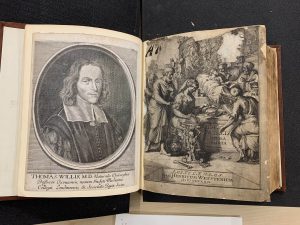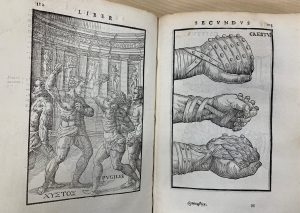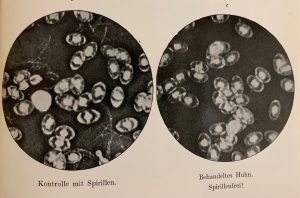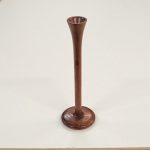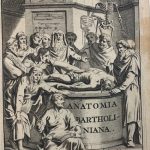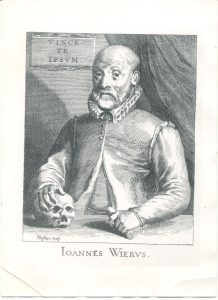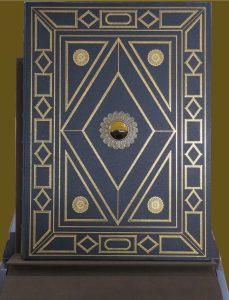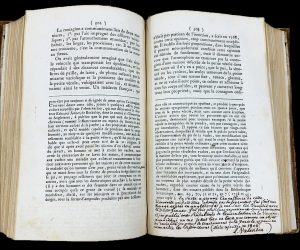When I started to write this column in 2010, I did not think it would last until my retirement. Yet, the HSLS collection is rich, and I always could find an interesting book or item to write about. The books as material objects fascinate me. Digitization efforts all over the world made many old texts from rare book collections accessible to users; however, not all aspects of physical books can be converted to a form available online. Nothing can replace the emotions of holding a 500-year-old book in your hand, feeling the thickness or roughness of the paper or the smoothness of the binding, smelling the old parchment, surveying with your own eyes the scars accumulated due to the passing of time and previous use, or uncovering the absolute unique features of the copy in your hand. Therefore, in my short articles, I always tried to bring this material aspect of the described book along with the historical value of the text. Choosing a book for this goodbye piece turned out to be challenging, because there are way too many items in the collection that I like and still want to introduce to readers. I settled for the iconic name in the history of medicine – Andreas Vesalius and his “De humani corporis fabrica” [On the fabric of the human body].
The first edition of the book, published in Basel in 1543, is without a doubt the most valuable item in the Falk Library collection. Currently, it is on exhibit in the Rare Book Room, and all visitors to the library can see it during the library’s open hours. My favorite “Fabrica,” among the many other editions that the library has, is the second edition, published in 1555. This “anniversary” piece (celebrating 15 years of “Treasures from the Rare Book Room” and 470 years since the publication of this book) will highlight the features that make my favorite copy special.
Continue reading →
